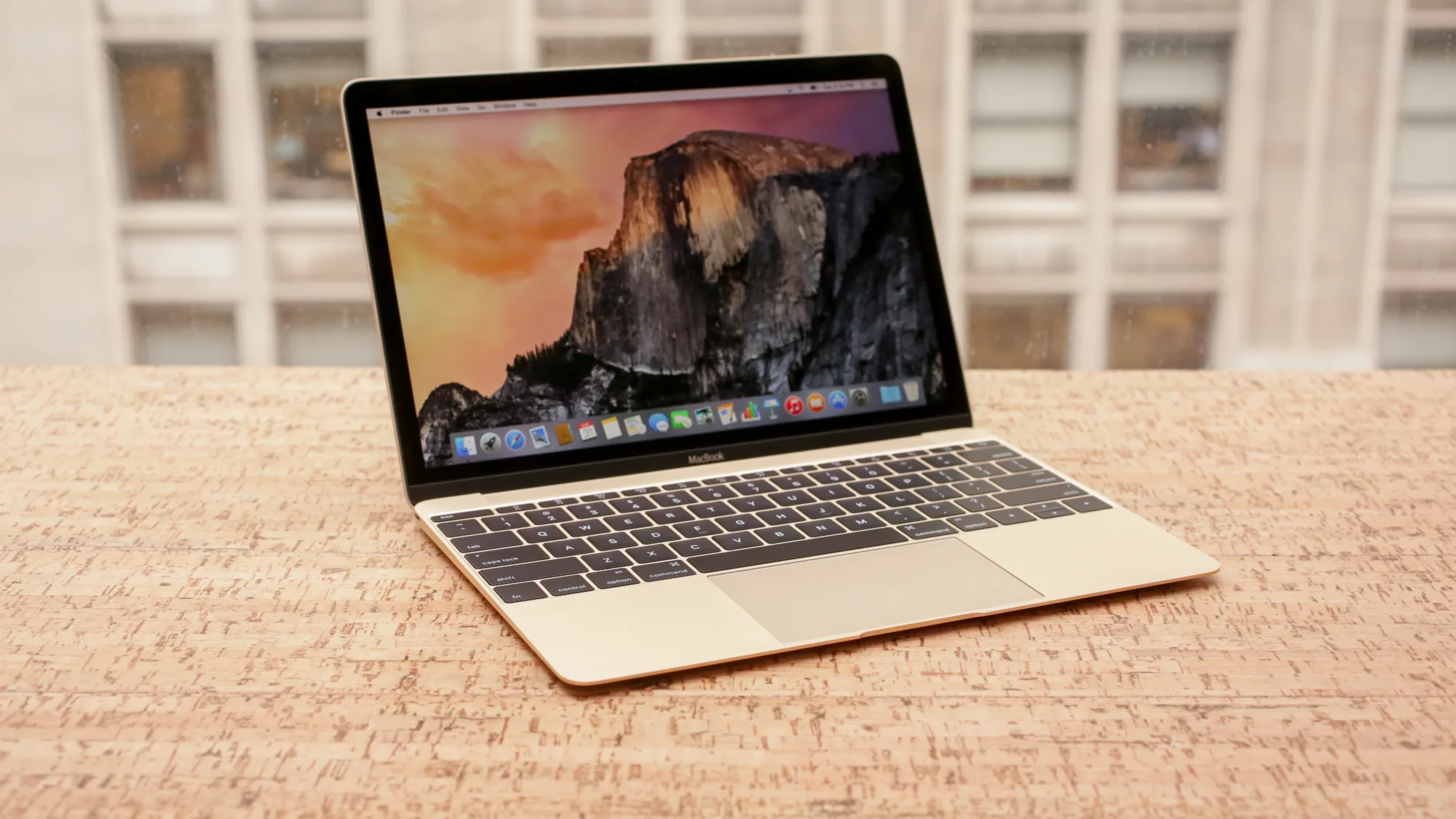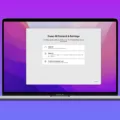Are you looking for a way to reset your MacBook 2015? Resetting your Mac can help fix many common issues and improve performance. It’s easy to do, and this post will walk you through the process step-by-step.
Before we get started, it’s important to note that resetting your Mac does erase all data on the computer, so make sure to back up any important information before proceeding.
To begin the reset process, press and hold down the Command (?) button, the Control (Ctrl) key, and the power button at the same time. Hold these keys down until your MacBook’s screen goes blank and the computer restarts itself. Once restarted, select Apple menu > Shut Down, and press and hold the power button until “Loading startup options” appears. On this screen, select Options, then click Continue and follow any onscreen instructions.
You may be prompted to enter a password or passphrase; if so, enter it correctly or you won’t be able to proceed with the reset. After entering any necessary information in this step you should see a Recovery app window appear; from here select Reinstall for your macOS release, then click Continue and follow any onscreen instructions. Finally, hold down the Command and R keys as soon as you hear the Mac tone indicating a reboot. From here you should see a macOS Utilities screen appear; choose Disk Utility from this list then select your Mac’s system drive (usually named Macintosh HD). Click Erase then select either Mac Extended (Journaled) or APFS as your Format option before clicking Erase again to confirm formatting.
And that’s it! You have now successfully reset your MacBook 2015. We hope this guide was helpful; please feel free to reach out with any questions or comments!

Hard Resetting a MacBook Air 2015
If you need to restart your MacBook Air 2015, you can do so using a hard reset. To perform a hard reset, press and hold down the Command (?) button, the Control (Ctrl) key, and the power button at the same time. Hold these keys down until your MacBook’s screen goes blank and the computer restarts itself. This should take a few seconds to complete. Once it has restarted, your MacBook will be back up and running as normal.
Factory Resetting a MacBook Air 2015 Running Big Sur
To factory reset your MacBook Air 2015 running Big Sur, start by shutting down your device. Once it is turned off, press and hold the power button until “Loading startup options” appears on the screen. Then, select Options and then click Continue to open the Recovery app window. From there, select Reinstall for your macOS release and click Continue to begin the process. The system will guide you through the necessary steps to complete the reset, including selecting a disk and agreeing to license agreements. Once all of the steps are complete, your Mac will be reset and you can begin setting up your device as if it were brand new.
Wiping a MacBook Air for Sale in 2015
To wipe your MacBook Air for sale, you will need to boot it into MacOS Utilities. To do this, hold down the Command and R keys together as soon as you hear the Mac tone indicating a reboot. Once the macOS Utilities screen appears, click on Disk Utility. Choose your Mac’s system drive, usually named Macintosh HD, then click Erase. Select either Mac Extended (Journaled) or APFS as your Format option. Finally, click Erase to begin wiping the disk and when it’s finished, your Mac is ready for sale!
Resetting a MacBook to Factory Settings
Hard resetting a MacBook is a fairly simple process. To begin, make sure your MacBook is powered off. Once it is completely shut down, press and hold the Option, Command, P, and R keys on your keyboard. You will need to continue holding these four keys for at least 20 seconds before releasing them. This will cause your Mac to restart and you will hear the startup chime. After the chime plays twice, release the keys and your Mac will be reset to factory settings.
Resetting a Mac Laptop Completely
To reset your Mac laptop completely, you will need to erase the data on your device. To do this, you can use the Recovery Mode feature on your Mac. To access Recovery Mode, turn off your Mac and then hold down the Command + R keys while it is restarting. You will then be presented with a list of options; select ‘Disk Utility’ and click ‘Continue’. Select the disk you wish to erase, click Erase, and confirm that you want to continue with the process. Once finished, select ‘Reinstall macOS’ from the main window in Recovery Mode and follow the instructions provided. Your Mac laptop will now be reset to its factory settings.
Resetting a Mac to Factory Settings When Unable to Log In
If you can’t log in to your Mac, the best way to reset it to factory settings is to use macOS Recovery. To do so, shut down your Mac, then turn it back on while holding down Command-R. When you see the macOS Utilities window, select “Startup Disk” from the menu bar and choose your macOS startup disk from the list of available drives. Next, select “Restart from macOS Recovery” from the menu bar and select a network connection when prompted. When asked to select an admin user you know the password for, choose Erase Mac from the Recovery Assistant menu in the menu bar. From the Erase Mac window, click Erase Mac, then click Erase Mac to confirm. This will reset your Mac to its factory settings.
Factory Resetting a MacBook Pro 2015 Monterey
To factory reset your MacBook Pro 2015 Monterey, you will need to follow these steps:
1. From the Apple menu? in the corner of your screen, choose System Preferences.
2. In the System Preferences menu, select Security & Privacy.
3. Under the General tab, select Erase All Content and Settings.
4. Enter your password when prompted and select Erase Now to begin the reset process.
5. Once the reset is complete, you can set up your Mac as new or restore from a backup if desired.
Conclusion
In conclusion, resetting a MacBook 2015 can be done by forcing a restart using the Command (?), Control (Ctrl), and power button, shutting down the computer and continuing with startup options, or by using the Recovery app window. Once in Disk Utility, you can erase the system drive and choose the format option of Mac Extended (Journaled) or APFS. Following these steps will ensure that your MacBook is properly reset to factory settings.








